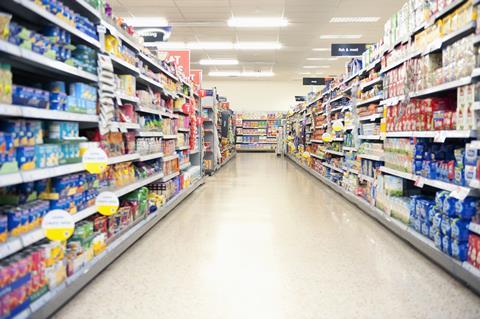
Britain’s cheapest groceries are rising at a similar rate of inflation to mid-range food items, according to new ONS figures.
ONS published its analysis on Monday in response to claims from anti-poverty campaigner Jack Monroe that value supermarket ranges were undergoing the largest price hikes.
ONS said prices were up 6%-7% on the lowest-priced items in the year to April, while overall food inflation was currently running at 6.7%.
It found considerable variation across the items, with value pasta prices up 50% while potatoes were down 14%.
ONS assessed online prices across 30 food and non-alcoholic drinks at seven major supermarkets including fresh fruit & vegetables, cupboard staples, and meat and fish.
It is the first time ONS has performed such an analysis and it emphasised the work was “experimental”.
A similar analysis by Assosia for the Grocer compared inflation on 18 value items versus their mid-range alternatives, taking an average across Tesco, Sainsbury’s, Asda, and Morrisons. It found value range items were up 0.3% in the year to May, compared with 13.5% on more expensive items.
There was also significant variation across items, with the value honey for example falling by 21% while its mid-range alternative was up 24%.
The major supermarkets are investing heavily in matching discounters such as Aldi and Lidl at the value end of their ranges, placing a brake on inflation on hundreds of cheaper items.
Sainsbury’s announced on Monday that its investment in keeping prices competitive during the cost of living crisis would top £500m by March 2023. It did not specify how much this would amount to in the remaining months.







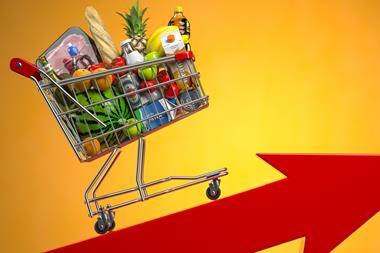
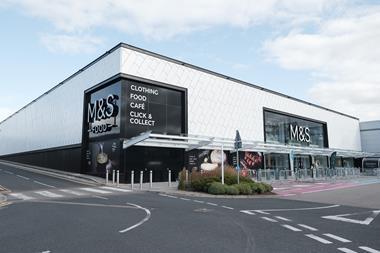
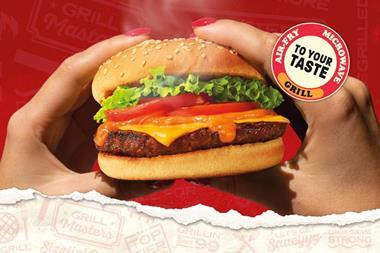
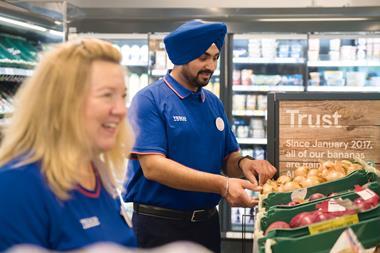

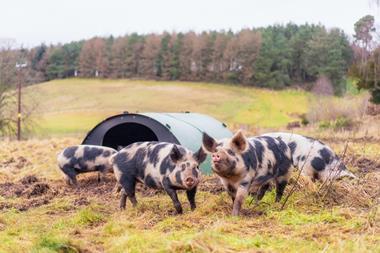

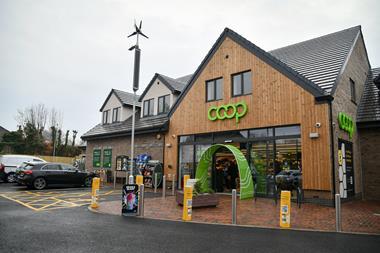

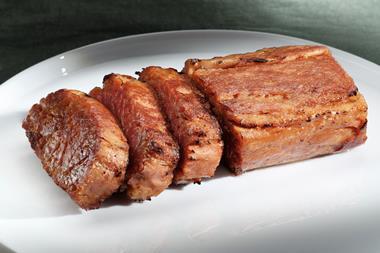
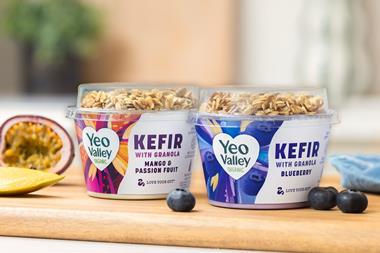
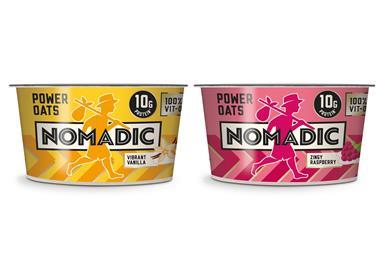
No comments yet